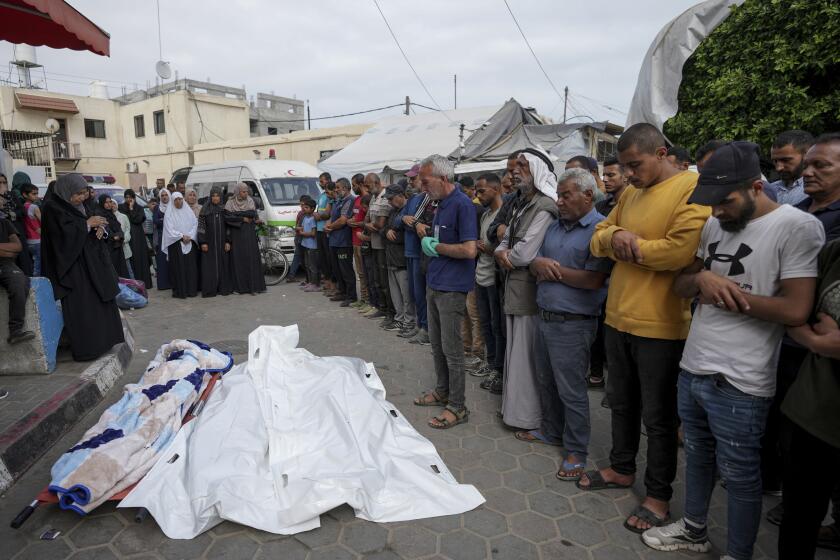Then and now: Cairo’s Tahrir Square
Once the epicenter of the revolt that brought an end to Hosni Mubarak’s rule of Egypt, Cairo’s Tahrir Square looks very different from the way it looked five years ago.
A national holiday that since 2009 commemorates Police Day in Egypt, Jan. 25 in 2011 marked the start of the nationwide uprising during which Mubarak’s mighty police succumbed to the anger of thousands of protesters, before the president was forced to cede power 21 days later.
On Monday, Tahrir Square hosted none of those who aspired to a democratic Egypt on the same day five years ago.
What was once the scene of defiance against police brutality and regime injustice became on Monday a place for police officers to surround a number of Egyptians who are willing to show their unconditional support for the state under Abdel Fattah Sisi’s rule.
Drag the slider to compare the images.
Tahrir Square
Left: The crowd gathers in Tahrir Square in Cairo on Feb. 1, 2011. Tens of thousands of people flooded into the heart of Cairo, filling the city's main square as a call for a million protesters was answered by the largest demonstration in a week of unceasing demands for President Hosni Mubarak to leave after nearly 30 years in power. (Khalil Hamra / Associated Press) Right: Cairo's central Tahrir Square stands mostly empty of pedestrians and traffic on Sunday, the day before the fifth anniversary of the country's 2011 "Arab Spring" uprising. The uprising failed to bring about the goals of democracy and freedom the pro-democracy youths who spearheaded the "revolution" had espoused. (Khaled Elfiqi / EPA)
Start your day right
Sign up for Essential California for news, features and recommendations from the L.A. Times and beyond in your inbox six days a week.
You may occasionally receive promotional content from the Los Angeles Times.



